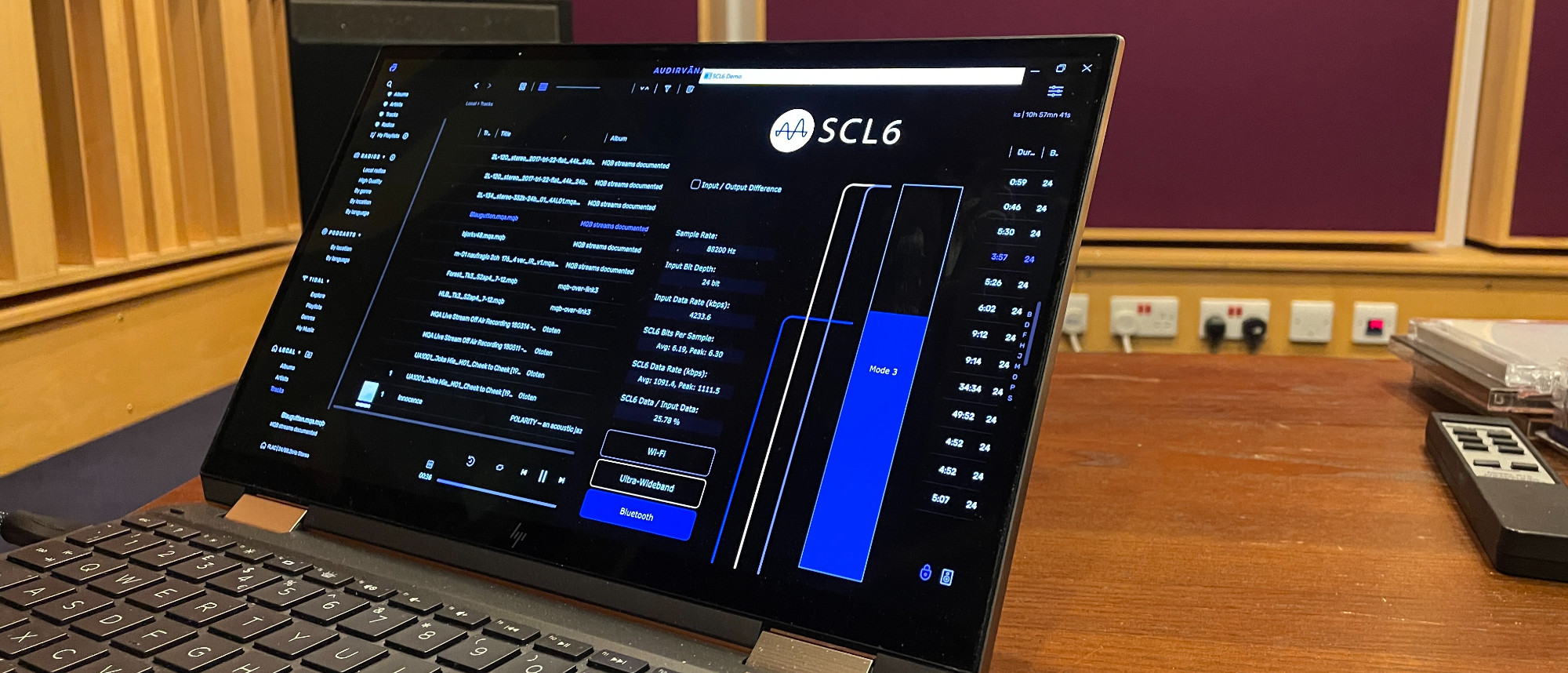Early Verdict
SCL6 impressed us, especially its ability to scale seamlessly while appearing to keep detail levels and timing on point. We'll need to hear it in action on normal consumer kit to reach a full conclusion, but if you want to maintain the best audio quality while streaming, SCL6 puts forward quite a convincing case
Pros
- +
Impressive scalability
- +
Appears to lose less information than rivals
Cons
- -
No compatible products yet
- -
Will quality be audible in consumer products?
Why you can trust What Hi-Fi?
SCL6 is a new scalable transmission codec developed by MQA. One of its USPs is enabling high-quality wireless music streaming between a source and receiver, such as a smartphone and a pair of wireless headphones, at relatively low data rates.
Think of it as a rival to the likes of aptX HD and LDAC, with SCL6 claiming it can preserve more information from the original signal with the added bonus of extra scalability.
We recently travelled to MQA’s Huntingdon HQ to speak to the man behind the codec, Bob Stuart and experience it for ourselves. And here’s what we thought…
A bit of background
Due to the nature of the technology, all-digital audio formats lose information when they’re packaged and sent via wireless and SCL6 claims that using its method of packing and unpacking loses the least amount.
The main purpose of the demonstrations we saw was to show how effective SCL6 is at doing this, whether being played over a Bluetooth, wi-fi or Ultra-Wide Band wireless connection.
Not only does SCL6 claim to lose less information, it is also fully adaptable and scalable, so it can vary its data rate from 20Mbps (lossless) all the way down to 200kbps (lossy) depending on the quality of the wireless connection between the sending device and receiver. As the connection gets weaker, SCL6 will scale down and pick up in real time as soon as it starts to get stronger.
It’s also worth flagging here that SCL6 can work with any file type so this applies to anything from an MQA file to a WAV or FLAC from your favourite high-res streaming service. For it to work, though, you will need both the sending and receiving devices to support it, e.g. your smartphone and a pair of wireless headphones.
The latest hi-fi, home cinema and tech news, reviews, buying advice and deals, direct to your inbox.
Sound quality
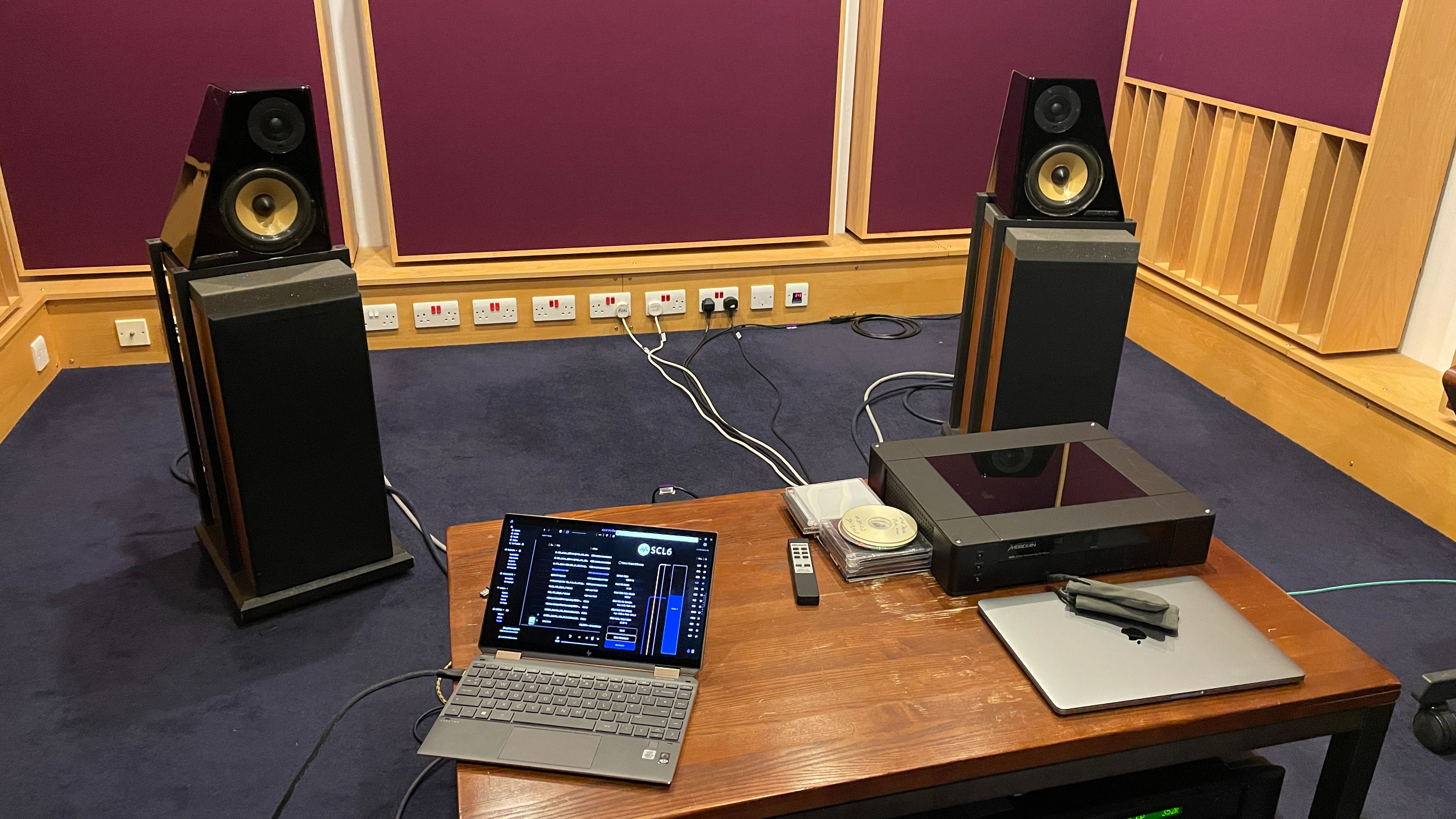
After a discussion and presentation on all things SCL6 we were guided into MQA’s demo room at its Huntingdon headquarters. It’s actually the room where every piece of MQA equipment approved by them for licensees is listened to, so it’s set up to be as revealing as possible.
Looking at the pictures, you might think it’s quite a compact set-up but as the team evaluates using nearfield listening it isn’t a problem. The system has been designed to focus purely on codecs and it’s all about extracting detail in the signal processing. It uses a heavily modified pair of floorstanding speakers, wide bandwidth amplifiers and a high-end DAC so the system majors in extracting detail from the music being played.
We start the demo with a short sample of music by Shelby Lynne in 24-bit/96kHz. It’s being played in what Bob refers to as MQB, which is occasionally how the team internally refers to the core signal that comes out of the first unfold of an MQA file and is typically what you get out of the Tidal app. In this demo, it’s playing at 4.6Mbps. Bob then switches in realtime to playing the same track in SCL6 running at 660kbps, which is around the middle of Bluetooth range.
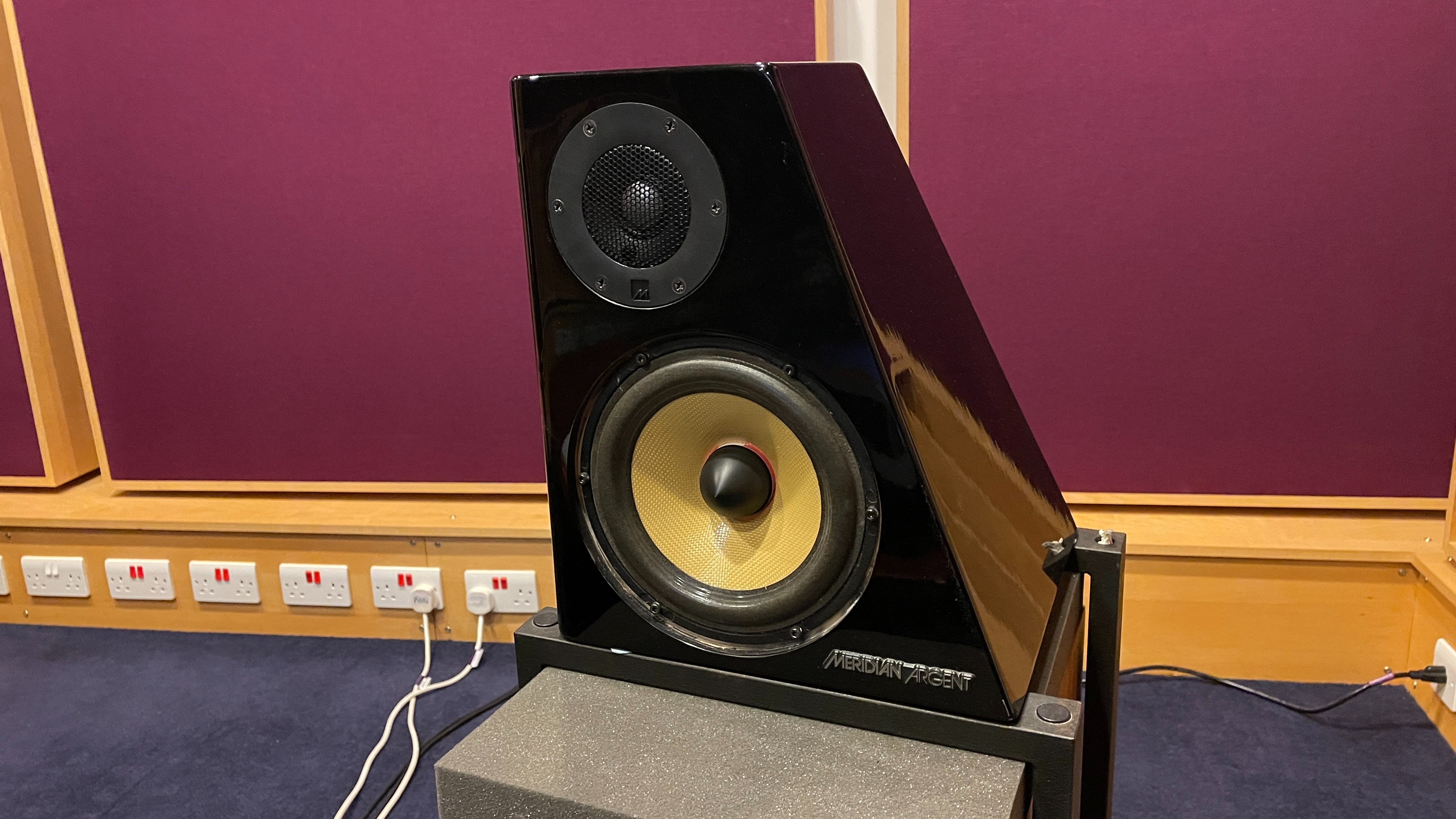
And we’re surprised at just how similar the two tracks sound. Details such as the reverb and echo around different elements, and the dynamic intent of the track, seem to come through unscathed. To further emphasise the minimal impact SCL6 is having on the music, Bob then switches to playing the ‘error’, which is effectively the data input minus the output. This allows us to hear just how much information is being lost when the SCL6 codec is in use. And it's virtually inaudible.
Next we hear one of Beethoven’s cello sonatas played at 16bit/44kHz CD quality – and Bob switches from this to the same track in MP3 and then proceeds to play its error signal. The amount of modulation noise, i.e. digital distortion, you can hear is quite startling and immediately obvious.
It’s like you’re hearing a messier, harsher, more brittle version of exactly the same track – it’s a lot of information that’s being thrown away by the compression on an MP3 file. Bob then switches to playing us the error of the SCL6 version of the same song at just 330kbps and, although there’s a little bit of distortion in there, you hear a lot less of the meat of the original song – this indicates it’s removing less of the vital information of the track.
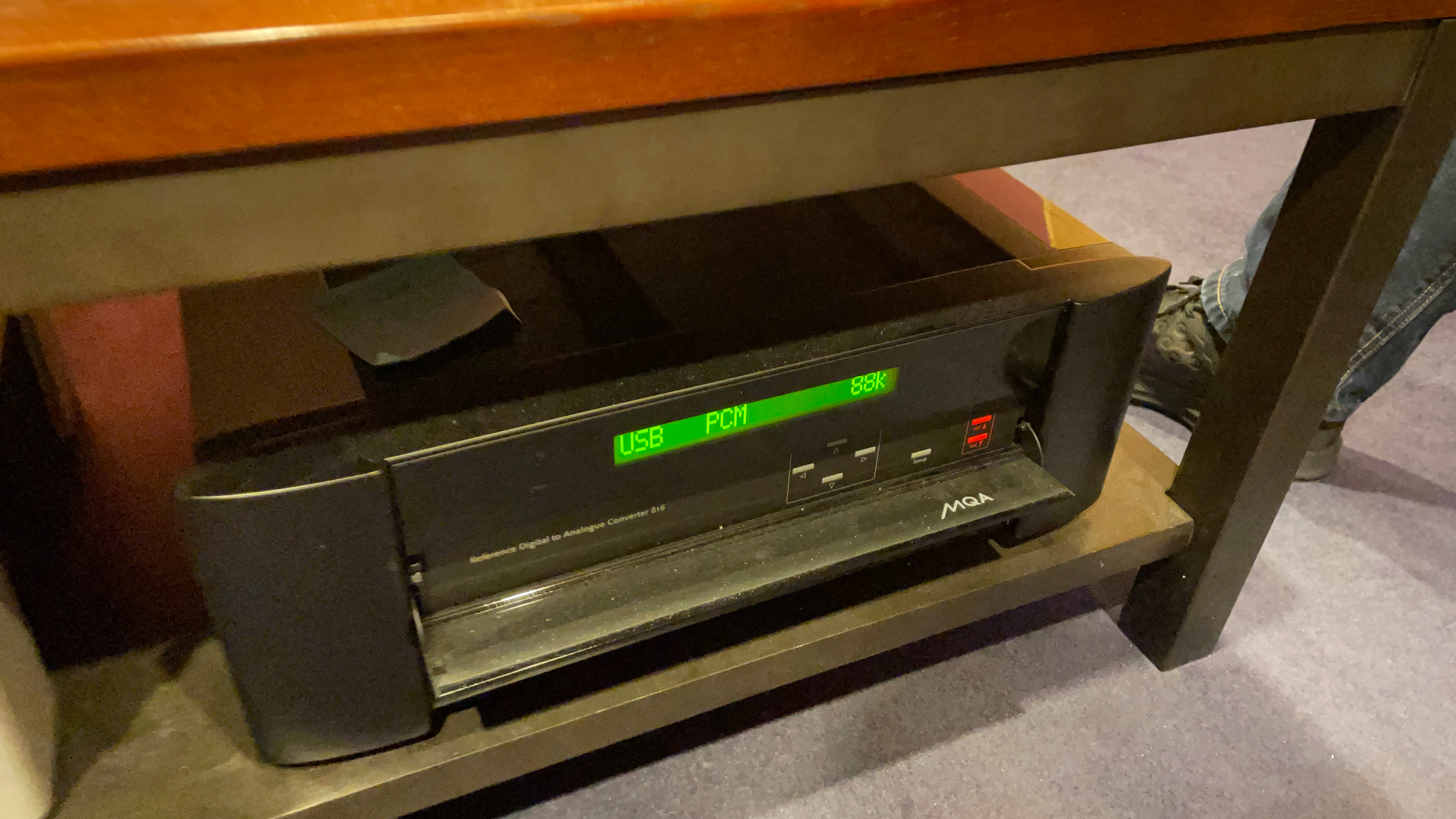
To hear SCL6’s scalability in action, Bob shows us a desktop App that’s been made into a plug-in which can be accessed through Audirvana, the digital music player. It allows him to play a track, and adjust in real time the bitrate of the music by simply moving his finger up and down a sliding scale on his touchscreen laptop.
We’re played a CD-quality file of Oscar Peterson, Milt Jackson and Ray Brown playing Nature Boy in SCL6, starting high up the range in lossless quality before dropping down to around 300-500kbps. You still seem to hear some compression taking place, but the texture of the xylophone, the sense of refinement and the rhythm of the track seem to come through relatively unscathed.
Initial verdict
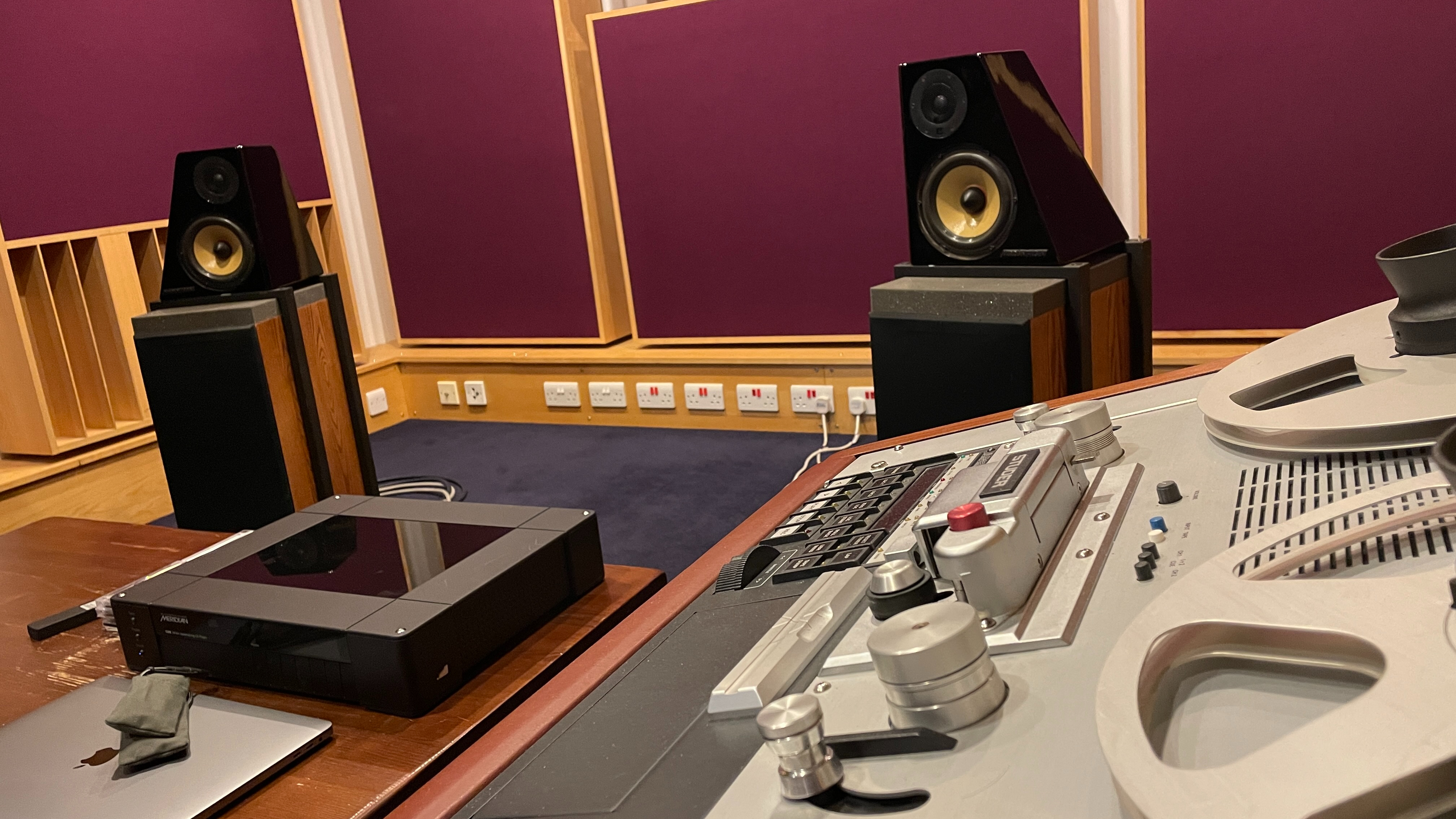
It was interesting to listen to a demo that wasn’t necessarily about sounding better than other solutions out there, but about being more efficient and handling the digital information better.
Hearing the amount of information some codecs throw away due to compression was a bit of an eye-opener as was the demo of the codec’s scalability – the number of steps it was able to go through was very impressive, as was its apparent ability to maintain the essence and authenticity of the original at the lowest data rates. It’s an interesting, thought-provoking technology which could have a big impact on wireless audio – all we need now are compatible sources and receivers so we can take it for a spin!
MORE:
What is SCL6? All the facts on the future of wireless audio
MQA announces new hi-res MQair codec for wireless devices
I tried aptX Lossless Bluetooth – and yes, we can all look forward to it (with caution)
Andy is Deputy Editor of What Hi-Fi? and a consumer electronics journalist with nearly 20 years of experience writing news, reviews and features. Over the years he's also contributed to a number of other outlets, including The Sunday Times, the BBC, Stuff, and BA High Life Magazine. Premium wireless earbuds are his passion but he's also keen on car tech and in-car audio systems and can often be found cruising the countryside testing the latest set-ups. In his spare time Andy is a keen golfer and gamer.
What is a hands on review?
'Hands on reviews' are a journalist's first impressions of a piece of kit based on spending some time with it. It may be just a few moments, or a few hours. The important thing is we have been able to play with it ourselves and can give you some sense of what it's like to use, even if it's only an embryonic view.
